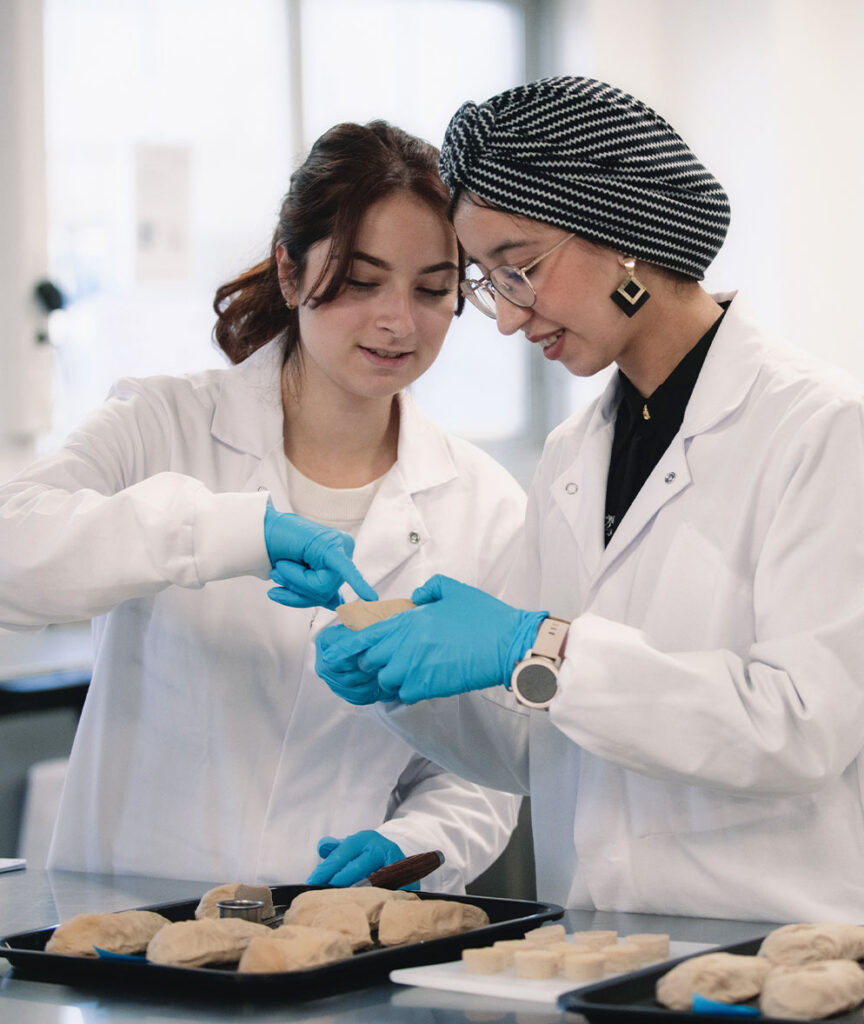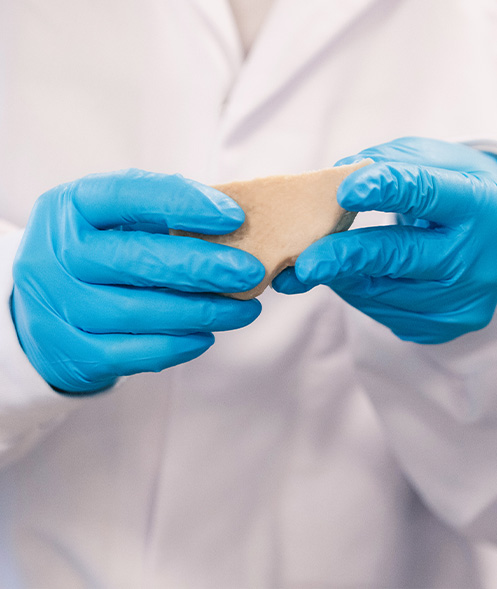Introduction
According to a study from the Good Food Institute (GFI) run by OpinionWay in France, Germany, Italy, and Spain, more than 50% of respondents said to had reduced their meat intake during the last five years. The reasons for cutting meat varied by country, animal well-being in Germany, personal health in Italy and Spain, and the rising cost of animal meat in France. However, one thing stayed constant: environmental concerns. Environmental concerns were the second most common reason cited by all countries for reducing their meat consumption, with an average of 31.5% of consumers mentioning it.
To reduce climate change it is true that we need to change our diets and our consumption habits. A new study from the Good Food Institute showed the drastic positive effects of reducing animal-based food consumption. Notably, it stated that if we adopted a plant-based diet CO2 would drop by minus 82%, Land use by minus 74%, and biodiversity impact by minus 70%.
We hear a lot that plant-based meat can be a great source of alternative protein for people with the desire to shift from a meat-based diet to a plant-based diet. But do you know what plant-based meat is made of?
What is plant-based meat made of?
To understand the process of creating plant-based meat we first need to look at what we are trying to mimic: animal meat. Animal meat is composed of various components such as protein, fat, vitamins, minerals, and water. All of these components make the meat that we, meat eaters, like today, have a certain taste, texture, smell, color, and aspect when cooked in various dishes.
Plants, on the other hand, lack muscles, but they contain similar components. Thus, to create plant-based meat, researchers take advantage of these similarities by finding analogs or substitutes for animal-based components in the plant kingdom.
Today, this can be achieved through different methods such as mechanical, chemical, or biological treatment of plant-based ingredients. Researchers use a blending of plant proteins to obtain the right texture and juiciness. These methods replicate the texture of animal-based meat which is way more challenging for larger cuts of meat such as whole cut or tenderloin, because of their unique spatial arrangement of proteins.
This arrangement is integral to the texture, making it more difficult to replicate whole cuts of animal meat with plant ingredients.
Extrusion: wet and dry
Wet and dry extrusion are the two most common methods to create plant-based meat. Wet extrusion involves extruding a high-moisture mixture of plant-based ingredients through a twin-screw extruder, while dry extrusion involves extruding a mixture of plant-based ingredients with low moisture content through a single-screw extruder.
Wet extrusion allows for precise control over the process parameters to achieve the desired texture and functionality of plant-based meat, while dry extrusion is a cost-effective and energy-efficient process. Both methods have advantages such as low cost, energy efficiency, adaptability, and high productivity, but they also have disadvantages such as texture and juiciness challenges, flavor challenges, alteration of protein structure, formulation challenges, and consumer acceptance.
3D printing
The 3D printing process has emerged as a novel technology for plant-based meat creation. It consists of several, the first being formulating a plant-based mixture, usually a blending of different plant proteins to prepare the bio-ink. Then, with the bio-ink and 3D printer we 3D print the product, and once it is in shape we cook or post-process it to improve texture, flavor, and appearance.
The benefits of 3D printing include its customizability, sustainability, reduced environmental impact, and flexibility. However, there are several issues to address before 3D printing becomes a long-term sustainable meat alternative. First of all, we have challenges like simultaneous precision cooking, 3D printer development, printer functionality, and organoleptic properties.
In addition, today this solution is not available at an industry level and products may have a limited shelf life caused by a possible change in the structure that prevents it from becoming more widely adopted in the meat industry. Despite these challenges, 3D printing remains a promising technology for the future of plant-based meat production.
Lab-grown or Cell-based meat
Lab-grown meat or cell-based meat is produced by extracting a muscle cell from an animal and making this cell grow in a medium. The medium is commonly made of Fetal Bovine Serum (FBS). However, one company in Europe found a way to create a medium free from FBS.
Cell-based meat offers many opportunities from reducing animal suffering to environmental impact because we don’t need to raise or slaughter the animal. It also allows strict and precise control over the meat product.
However, this method is very expensive, faces public perception challenges, requires regulatory approval, and may have nutritional limitations. Indeed, cell-grown meat is only accepted for sale in Singapore 2020, Israel, and the United- States for two types of lab-grown chicken meat. This August, Switzerland became the first country in Europe to begin cultivating meat approval.
Umisation
Umisation technology is a unique and proprietary technology that results from 2 years of research and development with one objective in mind: create the best possible technology that recreates any type of fish or meat alternative that looks, feels, and tastes like real meat.
This texturization technology is the only one that can produce a very complex muscle texture that mimics animal muscle from plants. In addition, our recipes have around 5-7 ingredients; but the process only requires 2 ingredients. From these natural ingredients, we can obtain thick cuts that are juicy and can be cooked in any type of way.
Umisation has the advantage of being scalable to an industrial level, opening its second large-scale industrial plant-based chicken fillet production facility in Duppigheim, France this October.


Decoding Consumer Desires in Plant-Based Meat
As we can see the market for plant-based meat has a variety of methods, and offers for the end consumer. After several studies, we identified that the majority of consumers were looking for four main things when buying plant-based meat: taste, texture, appearance, and nutritional value.
Being able to replicate these four aspects and address them is crucial to tackle this demand and increase the adoption of plant-based meat.
Umisation: The Game-Changer
Umiami’s unique umisation technology is a game changer in many ways.
This technology is cost-effective and can produce industrial-level whole-cut plant-based chicken with five simple ingredients. Yet, it allows Umiami to mimic large pieces of meat and fish like no other company before. It is not only a healthier solution but also a more sustainable one.
Umisation uses a minimal number of high-quality ingredients to achieve a meat-like experience for consumers. Thus, helping them to consume differently without compromising on taste or variety of cooking. It is healthier and meets the consumer’s demand in all four points taste, texture, appearance, and nutrition.
Benefits of Umisation
What sets umisation apart from other traditional techniques is its ability to create thick pieces of meat or fish alternatives that are juicy, and tender and bring texturization of protein to a whole other level.
This clean technology allows us to promote sustainable and ethical eating while satisfying the end consumers’ envy.
Sources:
- The science of plant-based meat | GFI APAC
- Amy Buxton, Meat Consumption Is Falling Across Western Europe, New Survey Finds, 2022
- Scarborough, P. et al. Nature Foods (2023)
- Brian Plattner, Extrusion Techniques for Meat Analogues, Wenger Manufacturing, Sabetha, KS, U.S.A.
- Hualin Dong, Peng Wang,∗ Zongyun Yang, and Xinglian Xu, 3D printing based on meat materials: Challenges and opportunities, 2022